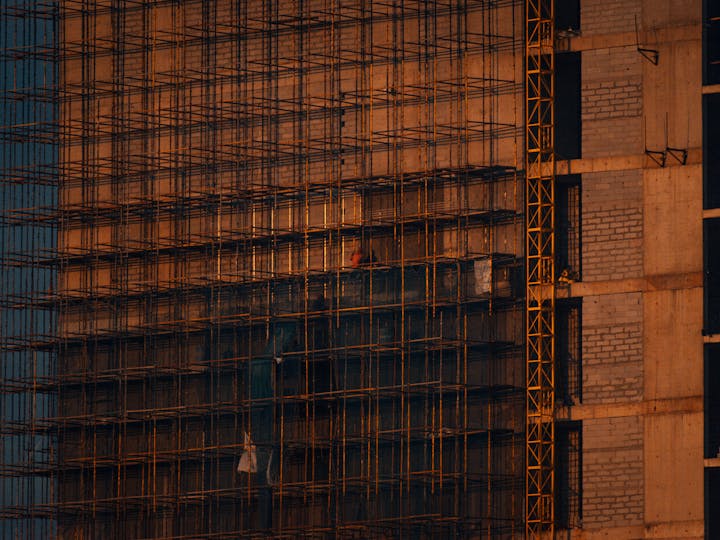When building aircraft hangars, time is a crucial factor. Delays in construction can impact operations, lead to increased costs, and cause logistical challenges for aircraft storage and maintenance. Pre-engineered steel buildings (PEBs) provide an efficient alternative to traditional construction methods by significantly reducing the time required to complete a hangar from concept to completion.
Speed matters in every airplane hangar building project, especially when the facility is critical to business or emergency response operations. Pre-engineered systems are specifically designed to simplify and shorten each phase of the construction timeline. By standardizing processes and components, they help project owners avoid many of the typical bottlenecks that slow down conventional steel or concrete builds.
1. Fabrication Happens Off-Site
One of the key advantages of pre-engineered steel buildings is that the components are manufactured off-site in a controlled factory environment. This approach allows the building structure to be fabricated at the same time the construction site is being prepared. It significantly reduces downtime and allows for a more streamlined scheduling process.
Because each part is made to precise specifications, there is less risk of on-site modifications or errors that can cause costly delays. Factory fabrication ensures consistency and quality control, leading to faster and more predictable project timelines. These benefits are especially important in remote or weather-sensitive locations.
2. Reduced Design and Engineering Time
Pre-engineered buildings are based on pre-developed structural templates that meet most aviation storage needs. These templates can be quickly customized, saving valuable time on structural engineering and architectural work. Rather than starting from scratch, design professionals can adapt an existing system to fit the requirements of the hangar.
Because engineering parameters like load-bearing capacity and wind resistance are already incorporated, the design process is more efficient. This also simplifies the permitting process, as standardized systems tend to comply more easily with building codes. Overall, the design phase is shorter and smoother compared to custom steel structures.
3. Simplified Foundation Requirements
Steel buildings are typically lighter than concrete or masonry alternatives, even when spanning large areas without interior columns. This weight advantage leads to less demanding foundation designs, which saves both time and material. Contractors can complete excavation and concrete work more quickly.
Knowing the exact load specifications in advance also allows engineers to design footings with confidence. There is less need for field adjustments or redesigns due to unexpected load calculations. As a result, the foundation phase moves forward without unnecessary interruptions.
4. Fewer On-Site Delays
Because pre-engineered steel buildings are delivered as comprehensive kits, the risk of material shortages is greatly reduced. All components, including steel frames, connectors, panels, and often doors, arrive at the site together and ready for assembly. This limits delays caused by missing or mismatched materials.
5. Faster Assembly with Smaller Crews
Pre-engineered buildings are designed for quick and efficient assembly using standardized parts and bolted connections. This simplicity allows smaller crews to erect the structure without sacrificing safety or accuracy. Fewer workers mean lower labor costs and easier project coordination.
6. Minimal Weather Dependency
Steel structures can be assembled in a wider range of weather. Since the framing is pre-fabricated, it can be quickly bolted into place regardless of light rain or cold temperatures. This helps maintain momentum throughout the construction schedule.
Fewer weather-related interruptions keep the project on track and reduce costly delays. Even in climates with unpredictable weather, pre-engineered buildings offer a degree of reliability that traditional builds cannot match. This resilience adds to the overall appeal of steel hangars for aviation use.
By streamlining every stage of the airplane hangar building process, pre-engineered steel buildings make it easier to meet tight timelines without compromising quality. From rapid design to efficient assembly, they offer clear advantages for aviation projects of all sizes. For aviation facilities where time is money, PEBs are a proven solution.


